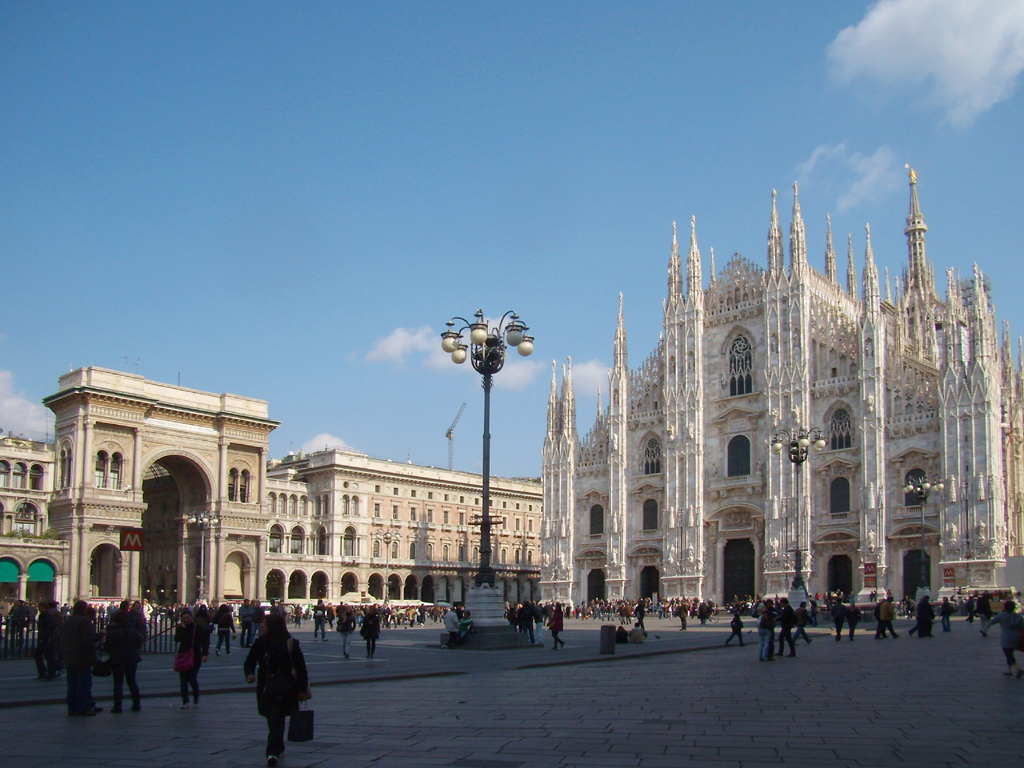
Measurement of black carbon concentration as an indicator of air quality benefits
of traffic restriction policies within the ecopass zone in Milan, Italy
By Giovanni Invernizzi, Ario Ruprecht, Roberto Mazza, Cinzia De Marco, Grisa Mokcnik,
Costantinos Sioutas, Dane Westerdahl
a b s t r a c t
Traffic restrictions are an unpopular tool to mitigate urban air pollution, and a measurable improvement
in air quality is needed to demonstrate the effectiveness of this measure. Previous attempts failed to
detect measurable reductions of PM mass pollution within the areas subject to traf!c restriction.
However black carbon, which is emitted primarily by traf!c sources, could be a PM metric more suitable
than PM mass to demonstrate pollutant reductions. In this study we report the results of a black carbon
monitoring campaign carried out in Milan, Italy, with the aim to detect – and demonstrate more suitably
than PM mass – differences in local urban air quality among three zones located very closely with
different traf!c intensity. The study was carried out in three different days by measuring simultaneously
black carbon and PM mass concentrations with !xed monitoring stations located in three main radial
roads connecting the outskirts to the city center, each with three segments: 1) an outer one, with no
traf!c restrictions 2) an intermediate one, subject to the congestion traf!c charge called “Ecopass”, where
a ticket is required to enter for cars equipped with engines prior to Euro 4 standard; 3) the pedestrian
zone (no cars admitted) of Duomo Square in the city center, where each of the three main roads ends.
The results demonstrated a sharply declining gradient in black carbon levels from the outer zone,
without traf!c restrictions, to the more central areas, for all of the three radial main roads. The differences
in mean black carbon levels in the same day in the different traf!c scheme locations were highly
signi!cant for each comparison. In contrast to the Black carbon results, mean PM10, PM2.5, PM1
concentrations did not show signi!cant differences among the different traf!c zones on the different
campaign days. The ratio of black carbon to PM10 decreased by 47% and 62% in the Ecopass zone and in
the pedestrian zone, respectively, as compared to the no-restriction zone. To the best of our knowledge
this is the !rst study showing that within-city proximal areas with different traf!c intensity are associated
with different black carbon levels. These data suggest that black carbon is a highly relevant metric
of traf!c pollution and should be taken into consideration in demonstrating the effectiveness of air
quality mitigation measures.
